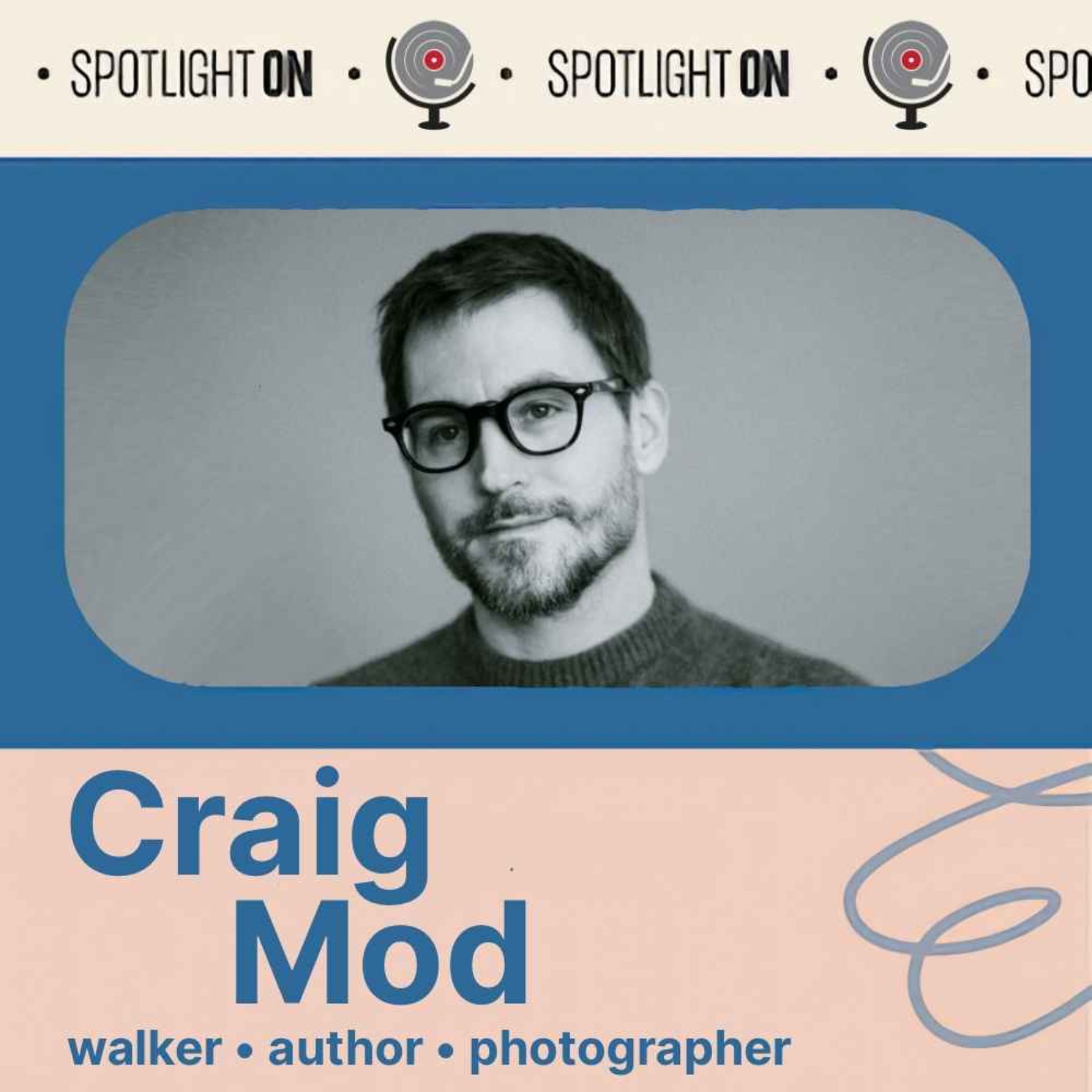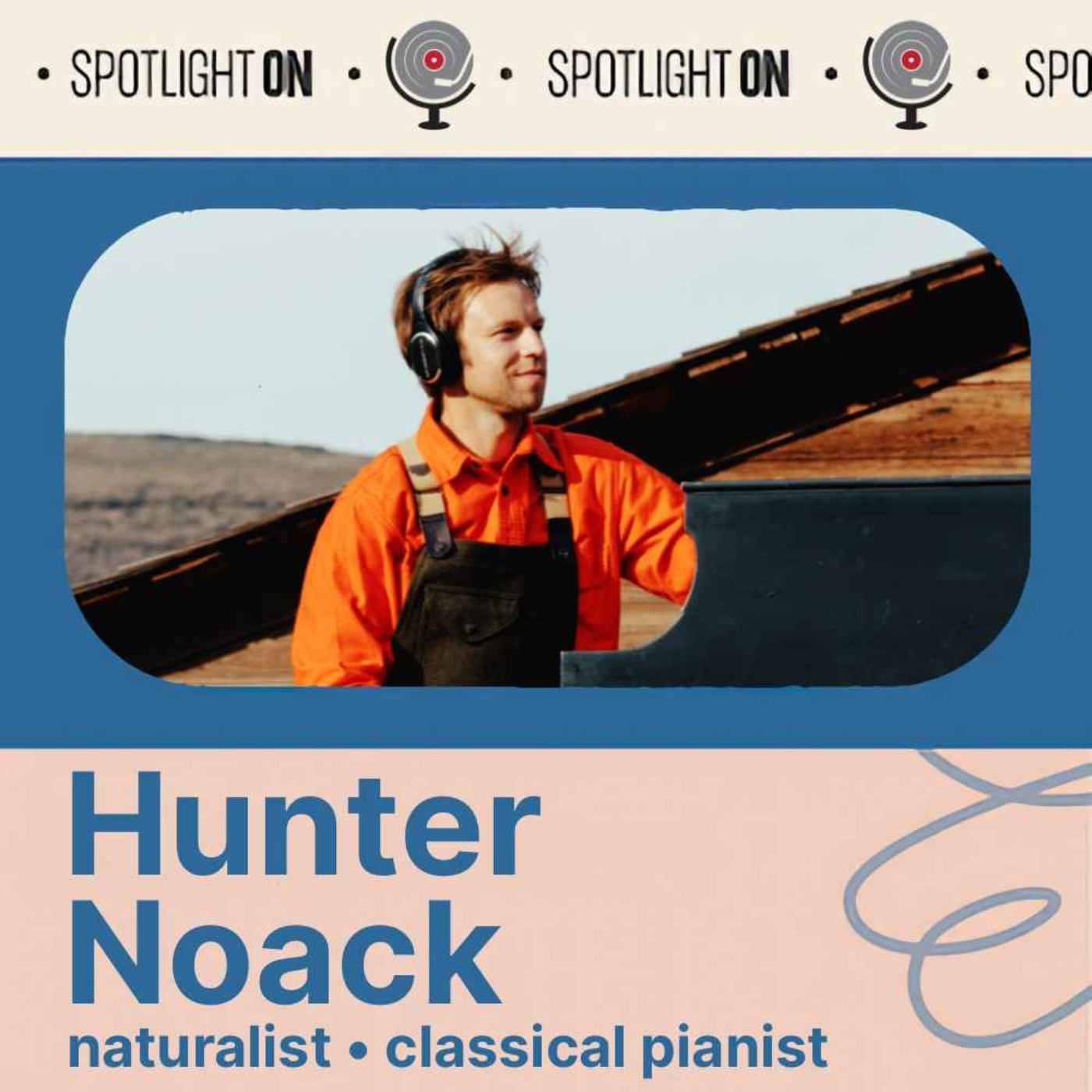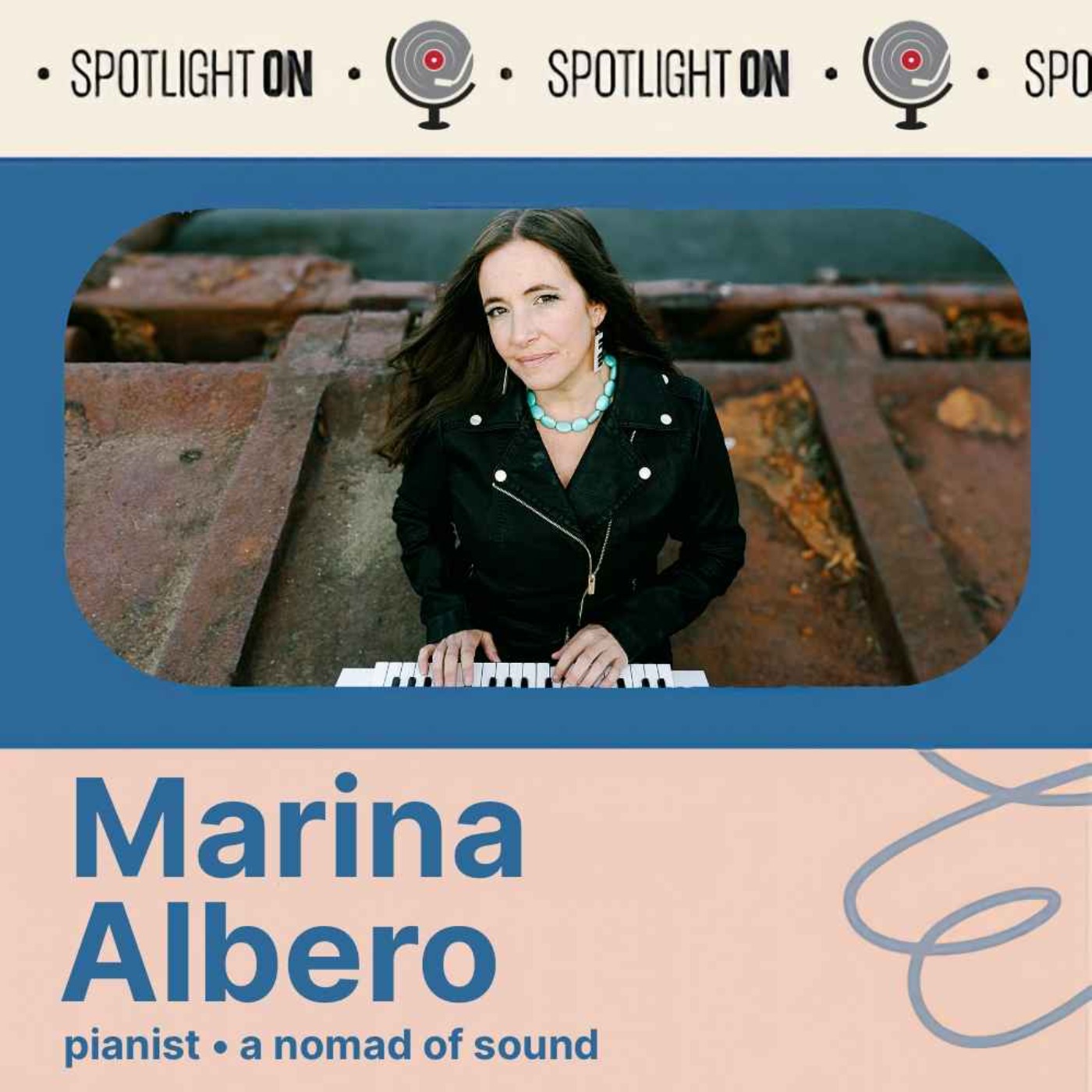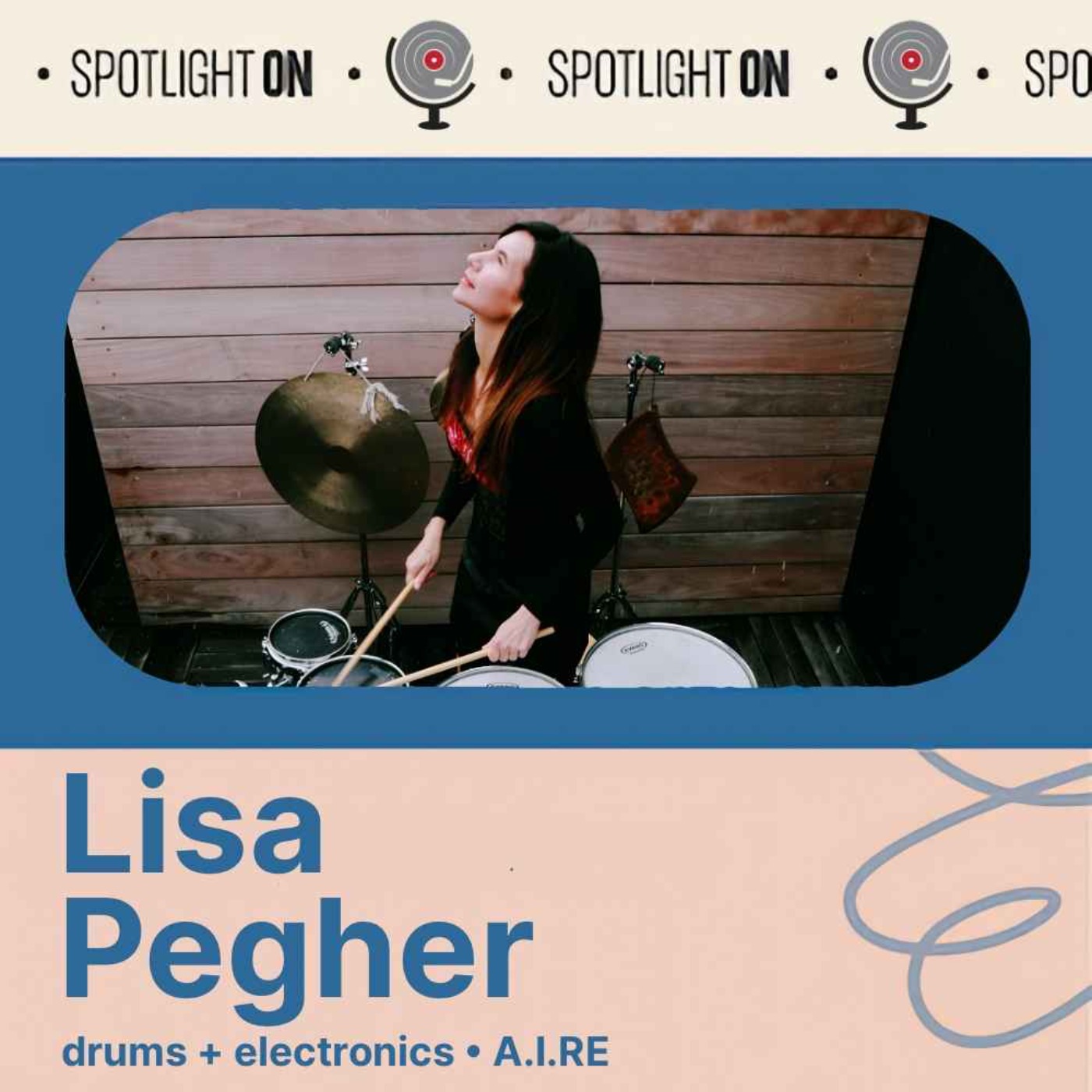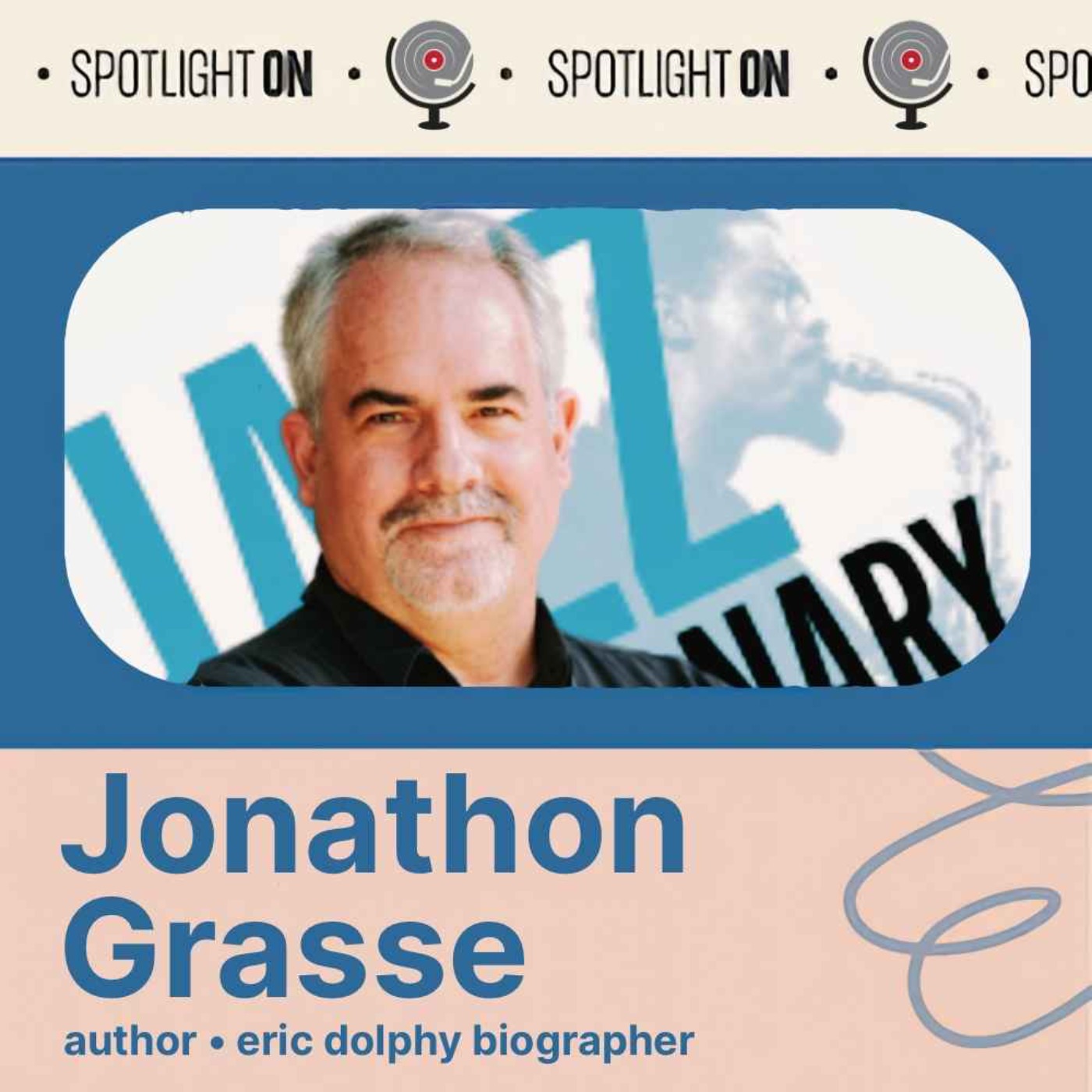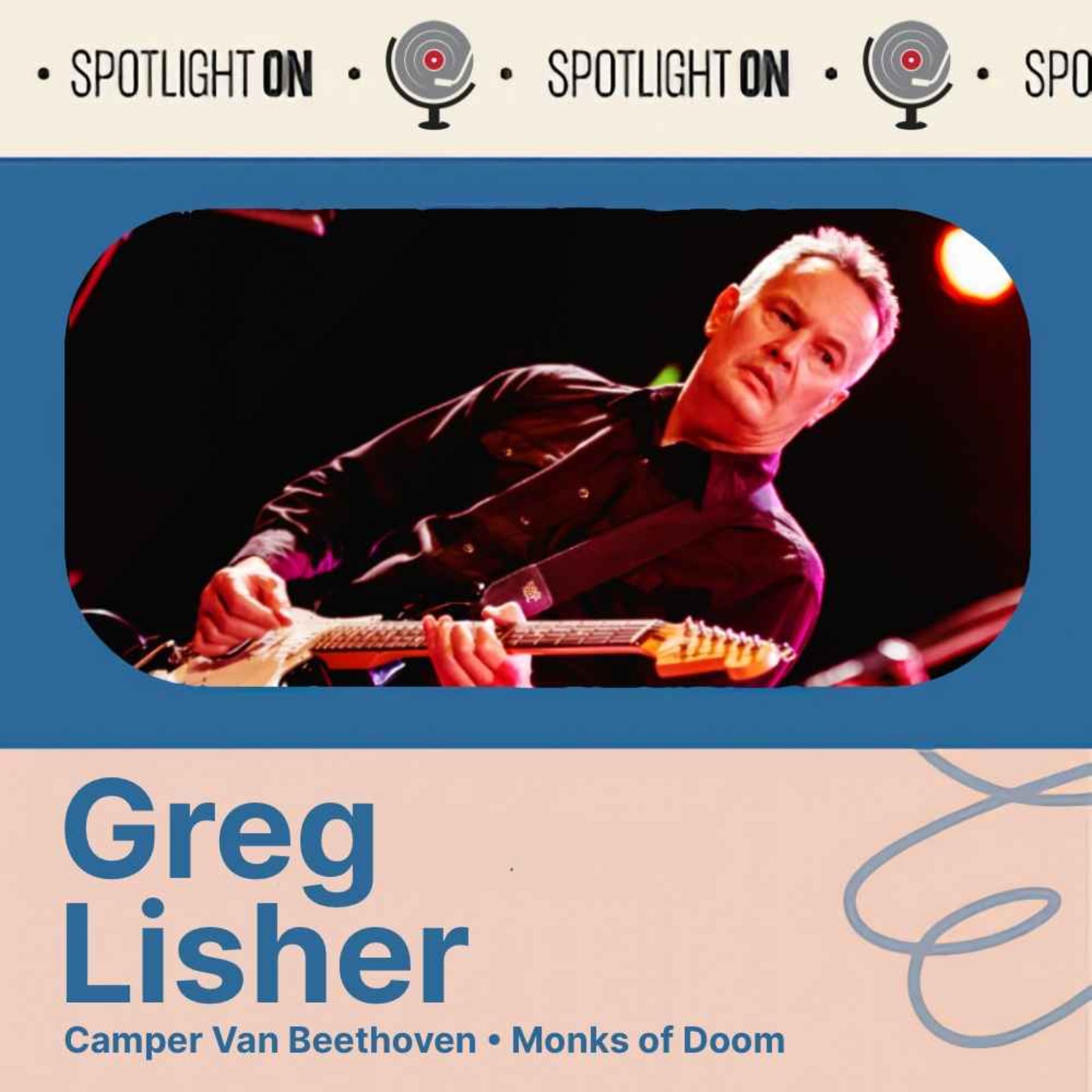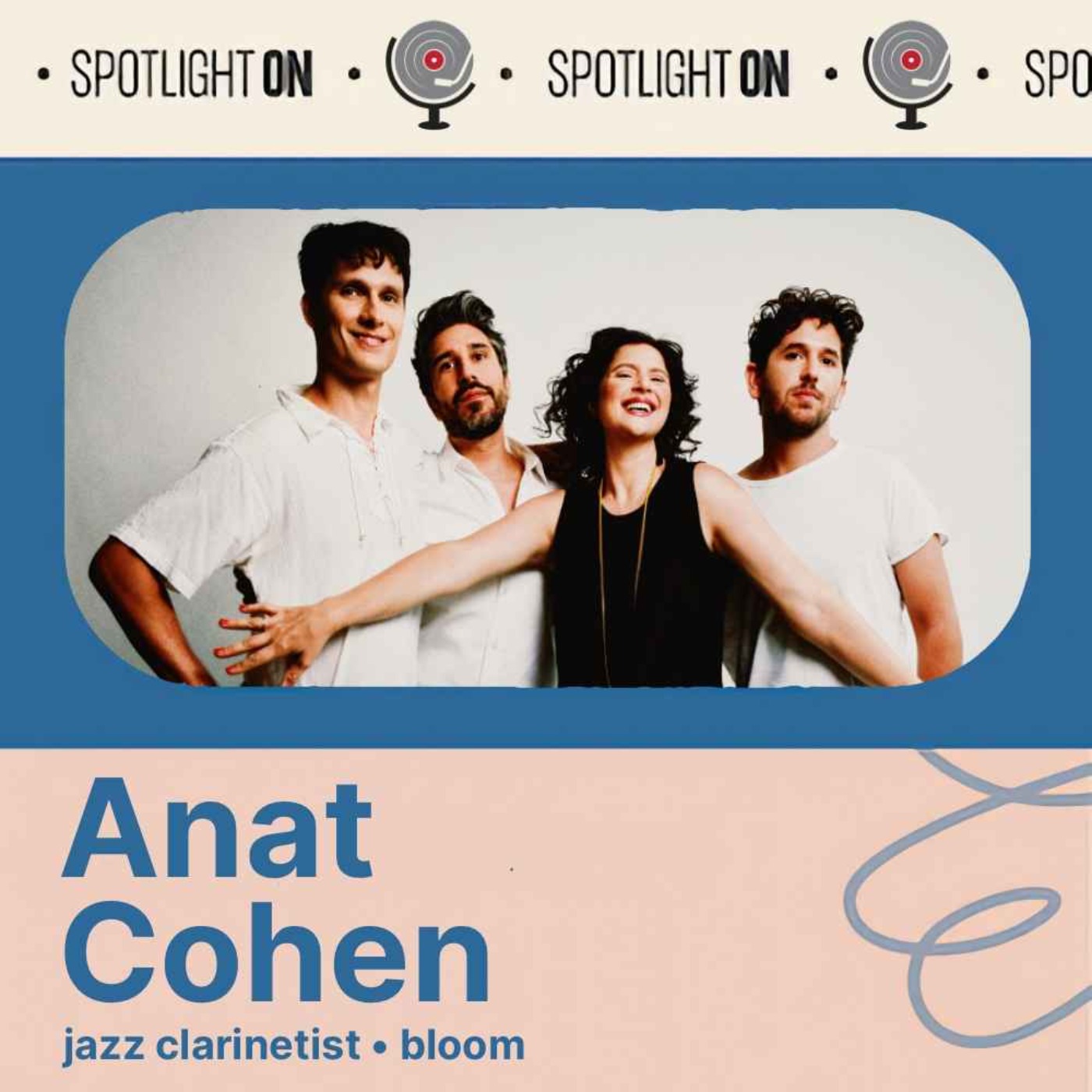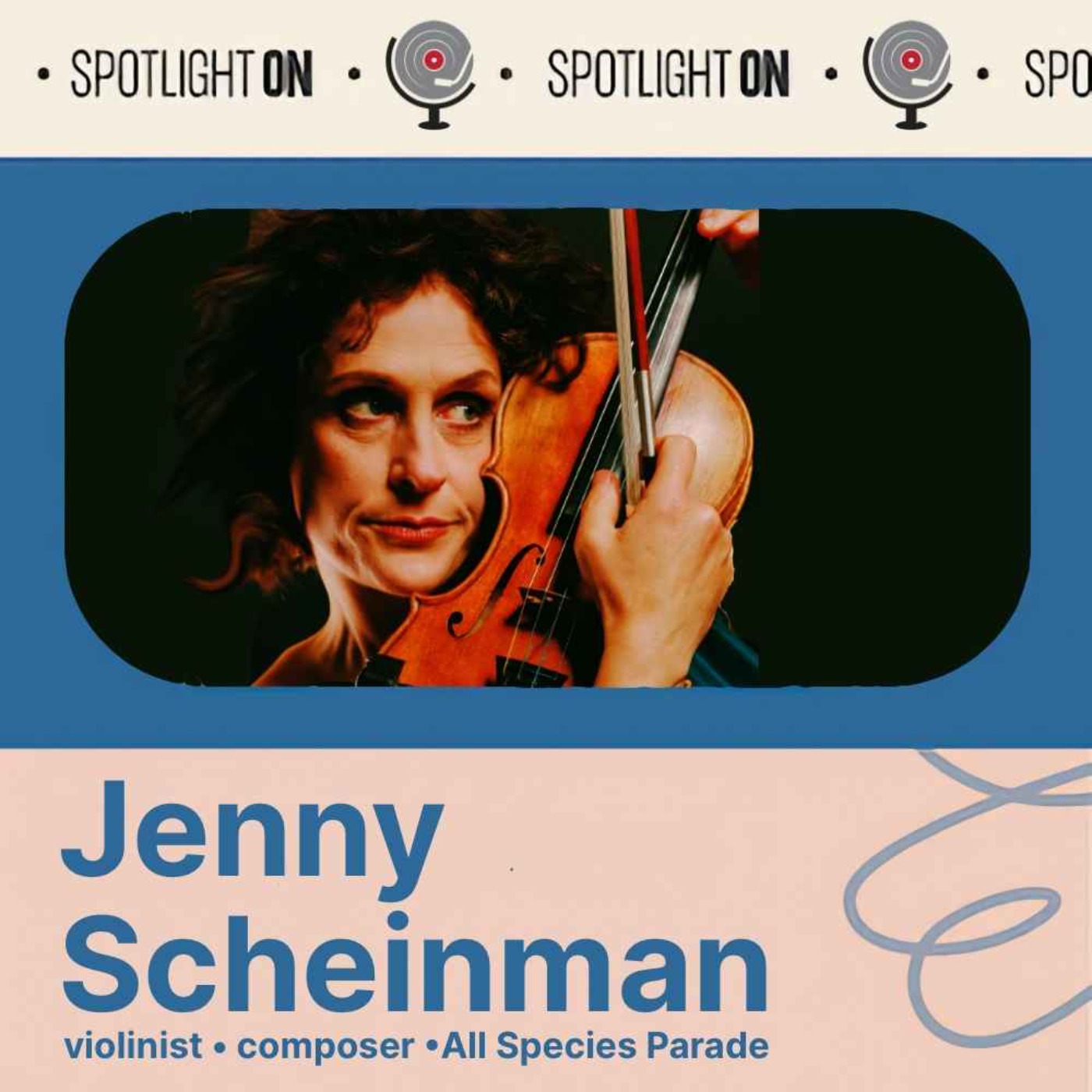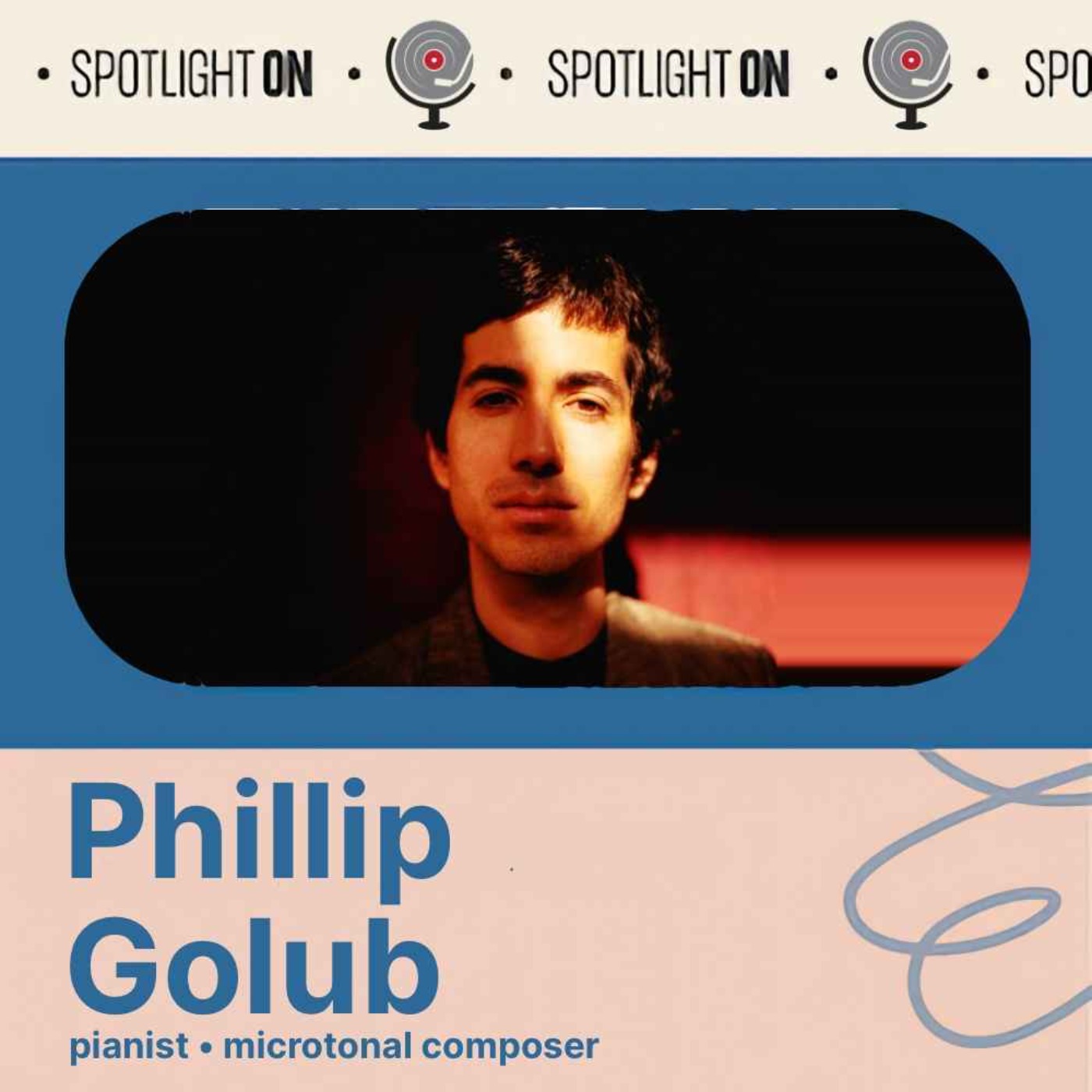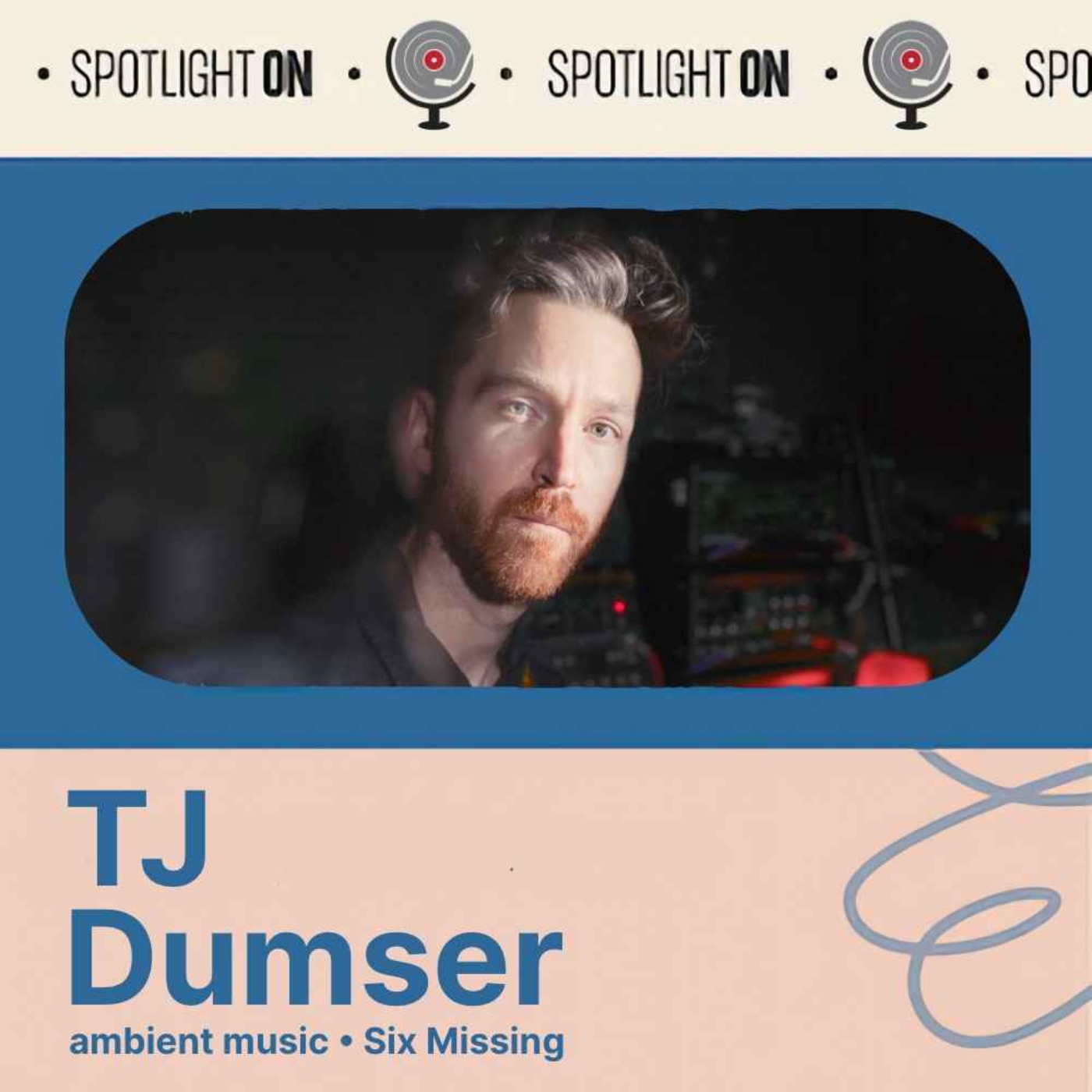John Petrocelli
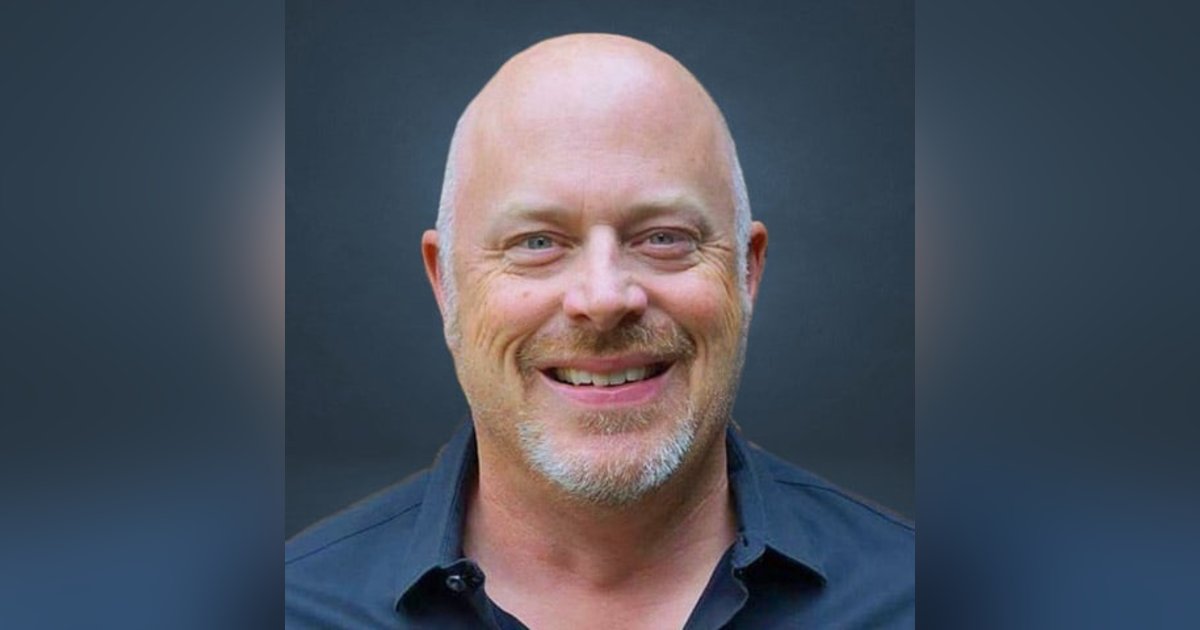
John Petrocelli, the founder of Bulldog Digital Media, has been pioneering live streaming for over 20 years and has worked with the likes of AT&T, Samsung, NHL Hockey, Prince, Kanye West, Coachella, Governor's Ball, Solange and many many others.
John Petrocelli, the founder of Bulldog Digital Media, has been pioneering live streaming for over 20 years and has worked with the likes of AT&T, Samsung, NHL Hockey, Prince, Kanye West, Coachella, Governor's Ball, Solange and many many others. John joins host Lawrence Peryer to share his thoughts and insight on the New Normal.
Hosted on Acast. See acast.com/privacy for more information.
Lawrence Peryer: How are you, John?
John Petrocelli: I’m great. How about yourself?
LP: I’m doing all right; I’m doing all right. How are you and yours in terms of health and safety and all those important things?
JP: Knock on wood, everything is great.
LP: That’s good to hear. That’s good to hear. I feel in a lot of ways, despite the fact that we’re all confined to our home offices and life is so disrupted, it still in a very strange way feels abstract. Because everyone I speak with, you know, knock, fake wood, particleboard, no-one I know has really been dramatically impacted health wise. I do know a couple of people back east who have gotten sick, but they weren’t high risk, so it sucked while they had it but they weren’t really threatened in a major way. So it’s a strange time to be so disrupted, but also so not impacted. It’s hard to reconcile that.
JP: It really is. I mean, strange is the word. It’s a very different world that we’re operating in across the board.
LP: What’s it – well, to take a step back, tell me what you do more generally at Bulldog, and then maybe segue that into how your work realities changed and how your company’s reality has changed.
JP: So Bulldog is a livestreaming company focused largely on premium content experiences, with a deep and very heavy emphasis on music. And we really look to bring best practices to the overall market to lift the experience for all the stakeholders, which can range from an artist, a promotor, a brand or an agency, or even a platform where you enjoy this type of content. And we’ve been at this a very long time; I’ve ironically had a 20-year career in livestreaming, and only recently it’s become a hot topic, especially in the last three years. But now in pandemic time it’s front and center almost across all media in general, but particularly music given artists are confined to their homes and there’s predictions of no touring or concerts for the balance of the year.
So my business has – we’ve lost things, like we were going to livestream the [Masters] or the kickoff concert for the Final Four and a few other things. Obviously, those projects, no way, but the virtual idea of enjoying live content has just exploded. So we as a livestreaming company, we’ve always had virtual capabilities, meaning we could supply equipment and kits to the creators no matter where they were, but we’ve really gravitated towards that. So we’ve built a suite of services to help lift the quality of the experience – audio, video, lighting, encoding, everything – and elevate the market given it looks like we’re going to be functioning in this world for quite some time.
LP: Yeah. It’s always been interesting to me that livestreaming – it seemed like it would bubble up but it never broke out of that promotional realm of – early on it was an artist would – to do something forward-looking they’d do a webcast of a show, of opening night of a tour, or of a production rehearsal, or of the last night of a tour. But outside of very specific use cases it seems like it never really mainstreamed, and I could never really figure that out. Do you have any perspective on why that was?
JP: Yeah, you’ve definitely nailed it in assessing the state of the industry. I have a couple of different theories on it. One, the livestreaming technology community just doesn’t do a very good job of explaining the business of livestreaming to the general business community. And I’m referring to the music industry as well as the advertising industry. There’s this big, heavy emphasis on things like encoding algorithms and what devices you’re processing the video on. I’ve been doing this for two decades – no-one, a client, has ever asked me, “Hey, what kind of encoder are you using?” So there’s a definite disconnect there. I think as the world has become more of an experience economy, especially driven by the younger demographics, these are people that would rather be at shows. It’s a big priority for them than buying a house, or a watch, or a car. So almost by default it started to [unintelligible 00:04:53] into the norm.
And what I’ve endeavored to do is – I previously had run a livestreaming company that I sold into AEG, and I learned the challenges of a music promotor. They’re so busy and they’re focused on booking bands and selling tickets, and on-premise sponsorship, they can’t really wrap their heads around, and they shouldn’t, the mechanism of livestreaming. And artists have the same challenges in their business. So it dawned on me that there’s a big opportunity for [unintelligible 00:05:25] to engage consumers through this medium. And I’ve spent three or four years educating [unintelligible 00:05:32] and taking meetings and talking to them about their three big problems: ad blocking, brand safety and [core content]. And live music, streamed properly and at a quality level, addresses all three of those challenges like no other. And if it’s done right, the audience tunes in for big segments and chunks of time that are unattainable in almost any other form of industry.
So I’ve looked to move the industry forward, working with brands to power these experiences to try to relive the burden of the promotors and the bands having to buy the video production equipment or the technology, and make it a win-win. So the brands get a big lift and a big benefit, they’re connecting authentically around – I’ve seen – probably seen data that Millennials and Gen Z music is 89 percent of their number one priority in life. And here’s a great way to capitalize on it. So what’s happened in the last three years is all the social platforms have really optimized for live video, and now obviously in the pandemic it’s completely changed the conversation to being front and center everywhere. But you’re right, it’s been an interesting ride that’s had … It’s almost been this kind of [cult] solution that’s never really caught on with great strength. But I think now that’s about to change pretty substantially.
LP: So there’s a lot that you give me there to explore, but I wonder – how, then, in that reality, did you build one or more scalable, sustainable businesses? What was your business model in a reality where the product itself wasn’t mainstreamed? How do you work?
JP: You know, it was – historically it’s been you’ve got to find the right opportunities to pull this off and do this. And back when I first got into this it was tentpole things, like a Farm Aid concert that really wanted to have a bigger outreach, or even getting into the early days of livestreaming music festivals. So it was that kind of thinking and that kind of process. I got into this business – I got into – I was back in the days of the format wars where it was Real versus Windows Media and QuickTime. I was in CDN, in the delivery of those files. My clients were the NHL, EMI, Universal. Back then it was streaming things – like new music videos were a big thing to stream back in the – even downloading. And I got a call from Apple that said, “Hey, we’re working with an artist that wants to go and do this themselves. Would you mind having a conversation with his team?” I said sure.
And it turned out it was Prince, and I quickly learned that he is a very savvy guy, he had a very small business, not a lot of employees, and he made most of the decisions himself. But back then it took a while to explain things like encryption and DRM, and it was a brutal, brutal business, then, to do that. But I took a file of “Purple Rain”, and I had it engineered and encrypted, and I sent it back to his team. And it said when you want to play the file you got to be authorized. You have to pay 99 cents; you have to go through some mechanism of authorization to enjoy this song. And I got this email back in the middle of the night that said Prince says, “This is exactly what I want to do.” You know, eye, e-y-e, and 2, the number 2. And I, within a matter of months, struck a deal with him, I built his music store, and he filled it with video, audio, full records, EPs.
And then he came back and said, “I’m about to go on a giant tour, and I want to build a ticketing platform. So I’m going to go book my tour with AEG, but every one of those dates on the tour I want to sell 3,000 tickets through my fan club.” So I had to build the ticketing platform that allowed for that type of – it was just a massive – [I think it was] 69 dates, the biggest tour, I think it was 2004, in North America. But I bring that up because I got to see him perform numerous times, and probably the world’s greatest live performer. And this is back more when smartphones had not become what they are today, and I was in these experiences – and it could’ve been [at the Staples Center] but it also could’ve been his living room at a party with a bunch of famous musicians. Like, wow, I’d love to share this experience with my friends and all over the world, or just pieces of it.
And Prince pushed a lot of boundaries with technology as well, and I thought, hey, there’s going to be a day, there’s going to be a time where we can do this, where we’re going to have collaborative, participatory broadcasts. And I was on – I’d been advising a livestreaming company, and I decided, you know what, I’m going to – and they wanted me to be the CEO. So I decided to join the company, I stopped whatever I was doing in the CDN business, and in three months AEG bought that company, and I began working inside of AEG, who’s, you know, a big, live [DNA] throughout the business. And just prior to the acquisition [through it] I had gone to YouTube and said, “You should be contemplating live experiences.” One, as a way to drive and engage audience, and two, expose the audience to all the assets that live on the YouTube platform to post events.
And we had this proof of concept, the planets aligned, Alicia Keys did a show at an AEG event in Times Square, streamed on YouTube, and brought to the viewer by American Express. And we produced, executed, and back then YouTube was purely VOD, and they came back to me and said, “You know, you were right. We had very happy artists, thrilled audience, and a super happy brand. We don’t want to get into this business, but …” And today we’re an on-demand company. So for three or four years we powered everything on YouTube – Coachella, [unintelligible 00:11:18] Lollapalooza, Austin City Limits, product launches, movie careers, the first royal wedding. So that process of working with Prince, being inside of AEG and working with YouTube, it dawned on me the world was headed towards this experience economy. So I spun out of AEG and I formed this business.
And I’ve kind of gone down the road of it should always be the closest thing to being in the room with the artist. Whether that’s a studio, a club, a shed, an amphitheater or a stadium, let’s make it the next best thing we possibly can do. And again, I’ve tried to leverage brand partners to do that or platform partners to finance it and bring it to life but taking that approach has resonated and it’s been successful. And this is true of other forms of live video as well. That’s how I’ve navigated the market and got to the – and I’ve learned a lot along the way too. A person like Prince or YouTube will give you great feedback. And so will the audience. A digital audience will tell you, “I like this”, “I don’t want that,” “I want to see this,” “I don’t want to see that.” So it’s been a lot of learning – I’ve learned what not to do as well, so it’s been that kind of journey, I think is the best way to describe it.
LP: So you talked about creating the experience of the next best thing to being there. What boxes do you need to check to accomplish that?
JP: There’s a couple of things that we refer to as best practices. So first and foremost, we’ve learned that the live video players [unintelligible 00:12:48] VOD player. It has to load on a device in the first four seconds or we lose 20 percent of the audience. They’re just not going to wait through that process. Second was the quality of the video production, just [putting up] the phone or webcam, or low bit rate, static-y video, does not really resonate with the consumer. And then a couple of other things that my team pioneered in the multichannel experience [unintelligible 00:13:13] so you can switch stages or camera perspectives. Now you allow the viewer to curate their experience and they really gravitate towards that. And then really importantly, in doing a lot of business on YouTube, I realized people want to post, comment, share and tweet about what they’re watching, and you need to give them that ability to do that. But I also noticed that a lot of times that social stream is offensive, it’s off topic, it’s not related to what they’re watching.
So we started to build tools that would aggregate the conversation, but, more importantly, curate it. And I say curate meaning it’s not hyper scroll like you see on the “Call of Duty” gaming platform. I think music is very different. It needs to be enjoyed. So the short answer there is the social stream, when it’s related to the video, people rather than pull away, they tend to lean in, they tend to watch longer, and they share it out. And then we learned other things too. The goal being: how to do we transform the viewer into a participant? And that’s really the key. So other things we can turn on are things like a polling widget, or a trivia widget, help the band pick the encore, or what’s your favorite record of their collection. And now they’re completely engaged. When we turn these things on the watch times really accelerate.
We did the American Express on Stage series back in the day, and the average watch time was 25 minutes. And for AmEx that was just mind-blowing. And I’ve done a music festival with Coca-Cola where the average watch time using these tools was 29 minutes on mobile and 113 minutes on desktop. So this is good for both the brands, but as well as the artists in the bands performing. So that’s been, I think, a major differentiator. Now, I’ve learned if you’re just going to put the video up and it becomes surveillance video, especially in music, you’ll get people to come and check it out, but they’re not going to stick around, they’re not going to share it out. They’re probably not going to come back. So doing it the right way out of the gates is a key thing to do, especially with music.
LP: In an arena show, or even a festival show, are you using the same camera feeds that are already there for the screens and for …? Are you bringing your own production or is it just leveraging those feeds?
JP: Back when we first started doing this, we would bring the full turnkey solution. So the promotor would benefit by having the [unintelligible 00:15:40] video workflow included in the webcast engagement experience. As we’ve progressed, we’ve realized now that screens are pretty powerful at festivals of all sizes, so it’s more scalable. The big challenge here is the video costs. That’s the – if you’re going to do something like [unintelligible 00:15:57] it’s three days and it’s 13 stages of content; that’s a lot of money to execute an experience at that level. So today we recommend let’s start with the base video that the promotors have, and then we’ll layer into it to create a [unintelligible 00:16:13] show and a broadcast.
Because when the screen – the band finishes, the screen is dark, that’s not going to be conducive to a broadcast they’re watching on a connected device. So we’ll try to build a way to have a [unintelligible 00:16:25] show [where we’re now going to] go to a second stage or a fill-in so we don’t have those gaps. And it also lends itself more to when we layer in a more polished program of content as well. So it tends to live in both of those worlds. We try to leverage the video that’s existing so we can scale and do more content, and if not then we can bring a team in to execute.
LP: And so in that – I mean, sorry to nerd out on this topic but I find it –
JP: It’s OK.
LP: – fascinating, the process part of it. So just to use your [unintelligible 00:16:58] example, you’re pulling the – you’re encoding the feed that is for the most part what the audience is seeing on the screens, and then you’re augmenting that with either a host or, like you said, some other type of content so that in between songs or when the bands are offstage you’re not just sitting there standing at a blank screen. So you’re adding some original content production. Is there a truck on site? Do you have a production office? Is that all done remotely? How do you produce the event?
JP: Typically it’s a production truck. A lot of times these bigger festivals will have these broadcasts with the same trucks that would pull up to an MLB game or the Super Bowl. And it’s a massive footprint. I think Coachella is now up to five live stages of content. The webcast on YouTube, I think it’s now five channels, one of which is a VR experience or a 180360.
LP: So you could choose to watch the EDM tent or the main headline stage, or what have you.
JP: Yeah, that’s the beauty of a music festival, is that – I’ll give you an example. We’ve done a Viva Latino festival in Mexico City numerous times. It’s about six stages; the last time we did it was 11 hours of broadcasting, Saturday and Sunday, three channels of video. So you have all kinds of options. There’s probably 70 to 80 bands in that webcast. So you can toggle back and forth – and the funny thing there is we actually built a schedule widget in that offering, so you’d see this listing of all the bands that are performing, all days, all channels, all stages, and their set times, and you could go into that [dynamic 00:18:40] widget and say, “Hey, I’m LP. I’m a fan of G-Eazy, [J Bug], Prophets of Rage,” and you’d entire in your mobile number.
And Coke would send you a push notification to say, “Hey, LP. You indicated you’re a fan of Prophets of Rage. They’re about to go on, on channel two, in five minutes. And, by the way, here’s a link to the video. Enjoy the show.” So there’s great ways when you get into that type of an offering. Now the viewers are completely engaged in the experience. And, to your point, they might not be interested in that hip-hop artist, they’re more of a pop fan who will want to go see Ariana Grande. So you have that – and that’s the beauty of the festival. And then the festivals that are genre-specific, you’ve got an audience that can still toggle and go between the different artists that are offered.
LP: That’s great. Can you talk a little bit about what have the last six weeks meant for you? I’m curious as to how your business has been impacted, but also what are some of the creative opportunities that have come with them.
JP: Headed into March we powered the Spotify Sports livestream [unintelligible 00:19:42] Spotify Awards. So we went down to Mexico City, and created this really compelling experience. We built a video player that was embedded at spotifyawards.com; it became a huge lineup. Spotty was very savvy. Mexico City is the number one install base of users in the world for them. A [rabid] fan base, especially watching or listening on mobile devices. So we powered that experience, it was broadcast in Latin America on Turner and on Telemundo in North America, so you had to be a Spotify premium user in those two regions, so there was some gating or validation. Rest of the world you could watch the show, “The Green Carpet”, and the broadcast. So we also extended the first – or the last five minutes of “The Green Carpet” to Instagram, Facebook and Twitter, and the first five minutes of the actual awards show. And when that concluded, the viewers on social were directed to spotifyawards.com. And you could go and get a free 30-day trial to watch the show as well.
We came back, and we worked with Hyundai, who’s a big client of ours, who had decided to do a global reveal of their 2021 Elantra, which is the top-selling Hyundai vehicle of all time. And they were going to do this on a sound stage in LA with an audience of 300, VIPs, enthusiasts, automotive press. And as we were getting into shelter-in-place regulations they decided to make it just a purely virtual experience. So we took that, about a 42-minute compelling walkthrough of the vehicle, had a lot of theatrics, celebrities and executives, and distributed that across Facebook, YouTube, Twitch – I’m sorry, Twitter, Instagram, LinkedIn, and then embedded it on Hyundai, and the player could detect where people were coming from [unintelligible 00:21:36] captions in Mandarin, English and Spanish.
And then quickly the world stopped. So we looked at the music business and thought there are some really amazing things happening with artists in their living rooms, but sometimes the video quality is not that terrific, the audio could be lacking [and you’d see] drops. They weren’t lit properly as well. And no fault to them. I mean, they’re stuck. They’re usually performing on a stage.
LP: Yeah, somebody’s handling that for them.
JP: Correct. So we built a live studio in a box kit that we could send to them. So the kit has a dedicated device – it could be a smartphone, an iPhone or a Samsung S20. And that solves half the battle, because they’re performing on their own phones. They’re getting texts, they’re getting messages, their friends – “Hey, I’m watching your live show.” It’s a distraction and it’s going to affect the video. We also put a light panel in the kit so it can be properly lit. They look infinitely better than doing it in the dark. And also a professional microphone so they have a [unintelligible 00:22:41] or a Shotgun microphone. So we’ve now completely elevated the experience. On the phones we’ll install a device to transmit the signal to our encoding operations, and that uses – it bonds between the Wi-Fi that they have as well as the cellular carrier. So it’s a pretty reliable signal that we are receiving.
We’re also encoding on state-of-the-art encoding equipment; it’s fully redundant. And the beauty there is now they can go just [unintelligible 00:23:08] or just to Facebook or just to Instagram, they can go to Facebook, YouTube, Twitch, Twitter, Instagram and LinkedIn, or to a microsite – we have a business where we build microsites as well if they want to have a show embedded [unintelligible 00:23:18] on their platform. We can also manage these devices remotely if they’re using a Samsung S20, which is 4K, so broadcast quality, and the other side of the phone has that 8K selfie capability. So the quality is amazing. And if they have equipment and gear as well we can still support that, given where they are. So the video quality was so profound that we were hired by BET to shoot their COVID relief show that aired last night. So [unintelligible 00:23:51] about 30 celebrities participating, but we sent the kits to the four hosts – Terence Jay, Anthony Anderson, Regina Hall and Kelly Rowland. And I watched the show last night; it’s up, it’s posted now. It’s a broadcast quality video experience.
So we’ve been inundated with requests to help – our philosophy is after six weeks of this, I think both the artists and both the fans are going to want a higher level of quality. And our thinking is let’s get – let’s build these kits where they’re affordable, but we’re also managing the service. We will walk them through how to set it up, how to turn the light fixture on, how to test, so that by the time they go live you eliminate – I think there was a big rap battle the other night, or … Babyface and Teddy Riley, one of them had some technical difficulties. We want to help them get through their process. And then the idea is let’s think about monetization. We want to be able – for brands to write checks that like to be around music, that like higher quality video. And then pay per view I think is an option as well. We’re going to be stuck in [unintelligible 00:25:00] for quite some time. So that’s how we’ve built a solution. We have a remote master control where we can manage these experiences without 40 people sitting in a control room, because we have shelter-in-place issues on our end as well.
LP: Yeah, sure.
JP: But that’s been a powerful solution that’s really resonated, and, yeah, we feel like a managed service is what people need if they’re going to be operating out of their homes.
LP: That’s really neat. And then let me ask you this. How much of an event like the Global Citizen thing last week were truly live performances, or were none of them live, it would’ve been too unstable in this environment?
JP: I think Global Citizen was all prerecorded.
LP: Yeah.
JP: Yeah.
LP: So they weren’t [unintelligible 00:25:45].
JP: No, but I think there have been other – I think Twitch has done a series of shows that are all – well, I think the majority of them have been live.
LP: And one last question about the way Bulldog works. You mentioned – you referred to Hyundai and some other brands as your clients. So who typically engages you? And it sounds like in this one scenario a brand comes to you and you put together a content program for them. Or there’s also scenarios where the producer of the content comes to you for your technical expertise. So can you just talk through how do you operate with your business?
JP: Sure. Yeah, our biggest client is AT&T, and they’re very active in the event business. So they’ll go to the Final Four, for instance, and they’ll do the – now those sporting events are filled with music programming in [several nights] leading up to the show. So I think on a Thursday night it’s a big concert brought to you by Budweiser, and the next night is AT&T, and following that could be Samsung. AT&T is very big on livestreaming, so we go with them to these engagements and we help deliver these shows, and we amplify them into pretty big audiences. So we deal directly primarily with them, with their marketing organization, with their cause organizations, and social. So we’ve done things like Governors Ball. We’ve taken multiple, we’ve built experiences – you can watch the show on Twitter or AT&T buys media and they promote very heavily the performances. We’ve embedded the experience at governorsball.com as well as on AT&T properties.
With them we’ve also done the LOVELOUD Festival in Utah, which is Dan Reynolds, LGBTQ youth-oriented awareness festival, and powered that on a platform. I think that’s broadcast on their direct TV audience network but it’s also livestreamed on Twitter. And we’ve done a myriad of shows for them. The NBA All-Star Game has a big pre-game concert. We did Janelle Monae at last year’s game. So that’s, I think, a typical client that we work with who’s gravitated towards the space, they see the value, they get tremendous tune-in. Other clients – Hyundai is more focused now on their automotive business, but they realize that music aligns very heavily with what they’re doing. Also, the tech in the vehicle is really important to consumers. Bluetooth and digital key swapping that a parent can give, authorize someone in their family to drive the car as well. So we’ve heled them steer those shows out to, I would say, a much bigger audience.
We’ve even worked with American Express, Justin Timberlake’s record release party at the Super Bowl in Minneapolis the year prior in Paisley Park. [Unintelligible 00:28:39] Tiffany did a really cool launch of a Millennial focused jewelry line and had [unintelligible 00:28:49] perform in their flagship store in New York and became the surprise ambassadors. So we had to create a stage environment above the revolving door when you walk in on Fifth Avenue and did this live concert on Facebook. Half the time, though, our clients are agencies, they’re working on behalf of brands, and they’re coming up with ideas. Or they’re the experiential agency, they’re heavily involved in music, and they’ll come to us and say, “We have a partnership idea we want to bring to you. How would you recommend this, executing it? How would you stream it?”
With music directly we’ve also worked with Kanye. We’ve livestreamed a lot of his Sunday services on his sundayservice.com website. Solange’s record release, again, embedded on her property. So no project is identical to the next, but what is consistent with us is let’s do this at the right level. Let’s have everything be fully redundant. If there’s an issue with internet failure at the venue, we’ll have a backup signal, whether that’s satellite or fiber, or the bonded solution I mentioned. Let’s ensure that it’s, again, the closest thing to being at that show. You’re going to walk through the door and you’re going to enjoy it, but if you’re physically not there, how do we replicate that in the digital realm? Luckily for us, we’ve had a pretty good handle given our pedigree and our experience and helped pull that off.
LP: Great. Thank you for sharing all that. I love your business, just as a student of it, as somebody who did a lot of really – webcasting and had to … I did an event 20-some odd years ago where we had to bring – we had to schedule the ISDN to be laid in the venue because the venue couldn’t supply it there, so –
JP: [I remember those days].
LP: All kinds of things. Yeah, sure. Dealing with satellite trucks and all kinds of things. As a company that was running artists’ websites we found ourselves laying fiber in parking lots. So really incredible to watch this space. But it’s actually fun to see it have its time, have its moment, and it sounds like a lot of the things you’re working on, while they are timely, they’re going to sustain. So it’s great to see [unintelligible 00:31:06].
JP: I remember those days. They were kind of painful, going through those – what’s the connectivity of the venue – and the way we got into business with AEG is they were building out the L.A. Live complex. And we were consulting and advising them on how to build infrastructure where you could be broadcasting from – there was the Staples Center, the [Unintelligible 00:31:32] Theater, there’s Target Terrace, there’s a Grammy Museum that has a theater inside of it, the [Conga] Room. And we were advising them on, hey, make sure you have panels that you can plug cameras into, and they were like, hmm, this is an interesting approach to this business. And that’s when they just decided we’re going to make an offer to buy this business and make it a part of what we’re doing. But I do remember the connectivity, and the ISDN lines, and the satellite trucks. Luckily now most venues are wired. And we know – we typically – you name a venue somewhere in the country we’ve probably done something there, so we’ll know it’s either got terrific bandwidth, it’s got mediocre, or we need to bring in something to supply it, make it work.
LP: Yeah.
JP: Yeah.
LP: Well, good luck in the coming weeks and months. Look forward to being a spectator and see how things unfold for you. And I hope you and your family and everybody around you stays safe and healthy.
JP: Yeah, LP, thanks so much. I appreciate the conversation, and same for you too. I hope everything continues to be happy and healthy.

John Petrocelli
CEO & Founder, Bulldog Digital Media
John Petrocelli is a pioneer of the livestream industry and Founder & CEO of livestream studio Bulldog DM. He has built a career on connecting consumers to the most watched livestreams of all time. Always one to identify industry shifts early on, John collaborated with Prince to develop the first major artist direct-to-consumer digital music store. Following the acquisition of his company by AEG, John served as VP, Sales and Business Development, where he spearheaded livestreaming for Coachella, Lollapalooza, Austin City Limits, Rock In Rio, The Royal Wedding, TED Conference, the Grammys, the Oscars, and the Masters. In 2012, he founded Bulldog DM, which has produced over one billion audience engagements across Fortune 500 clients.

















